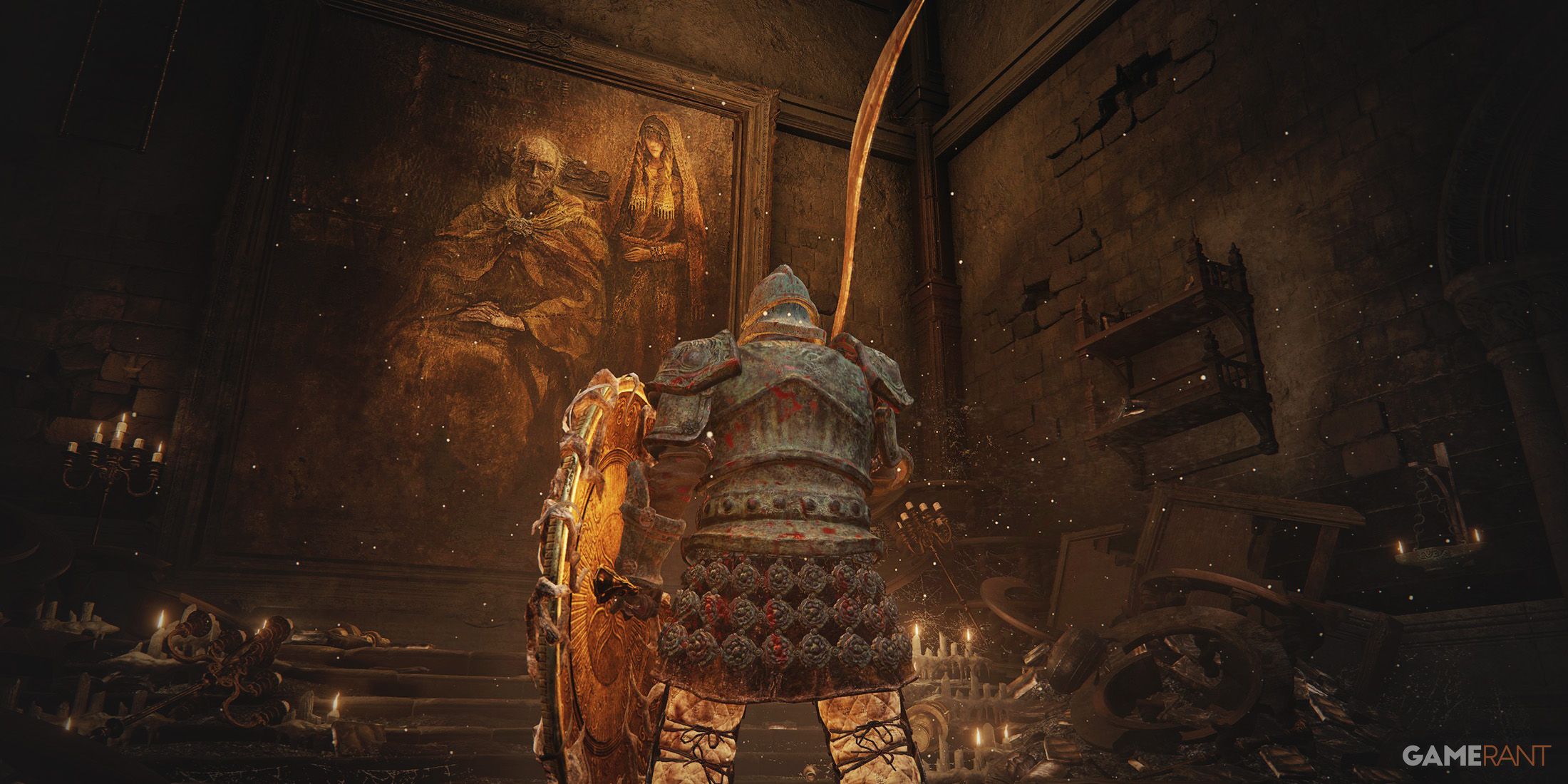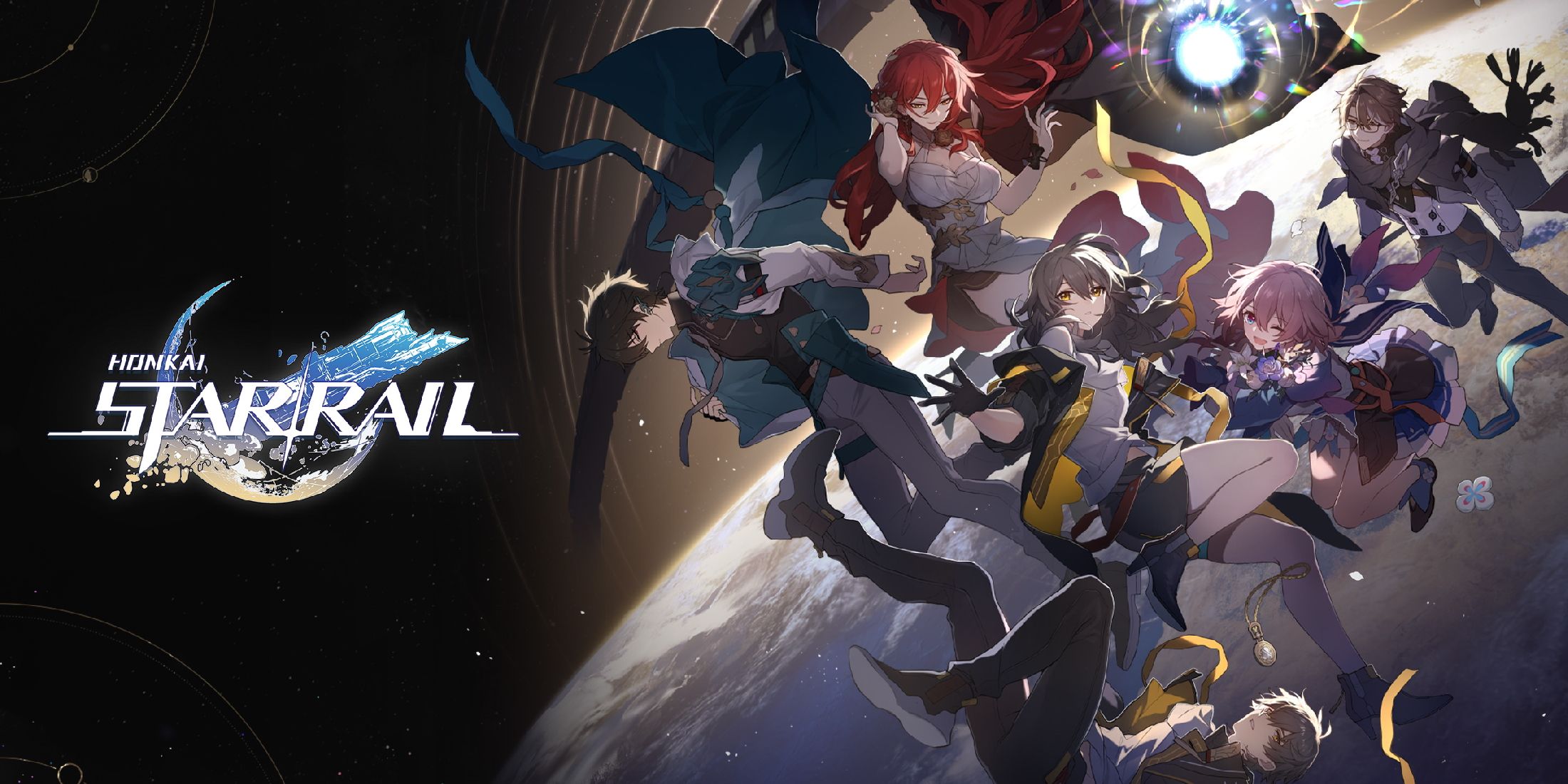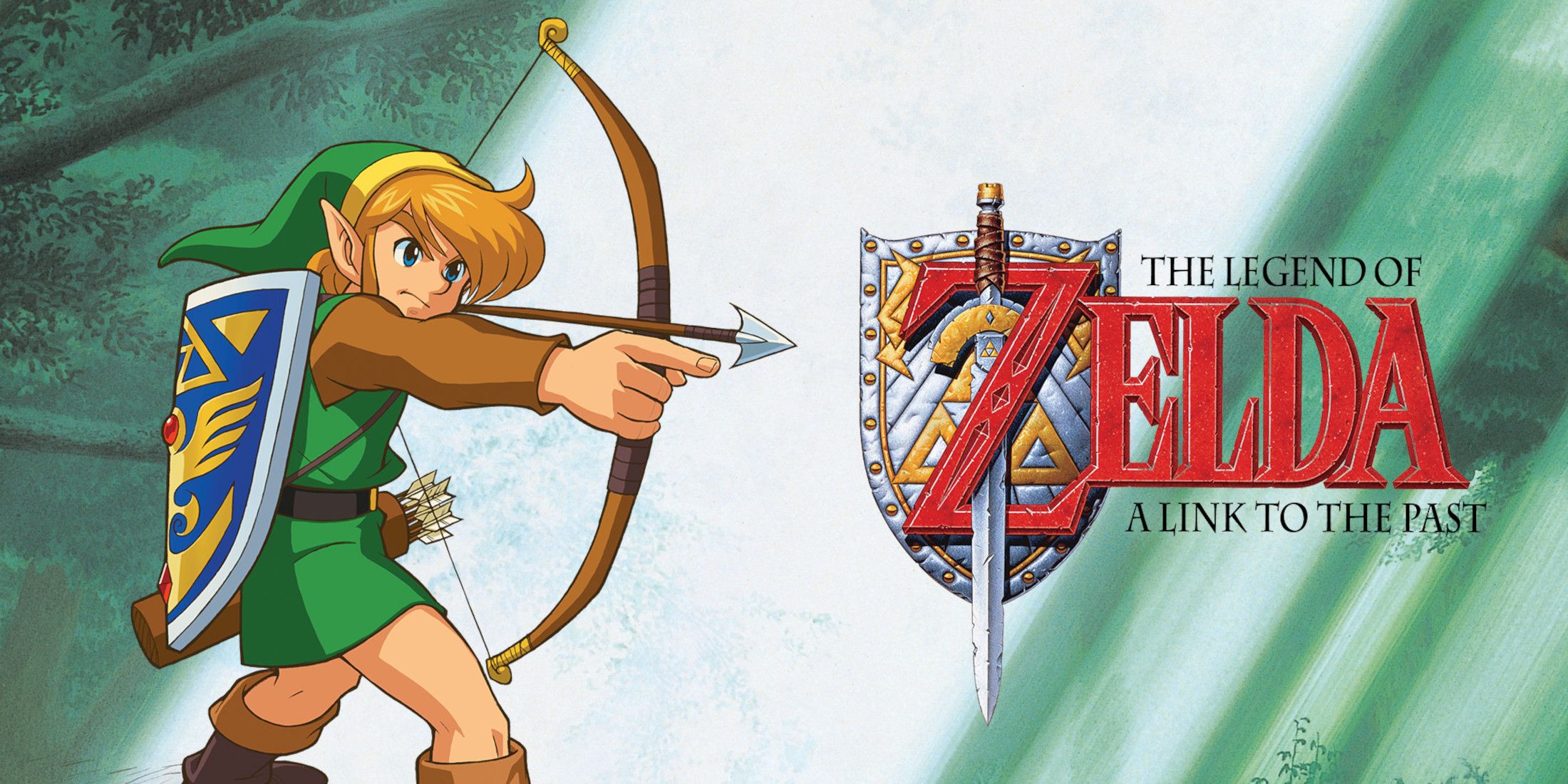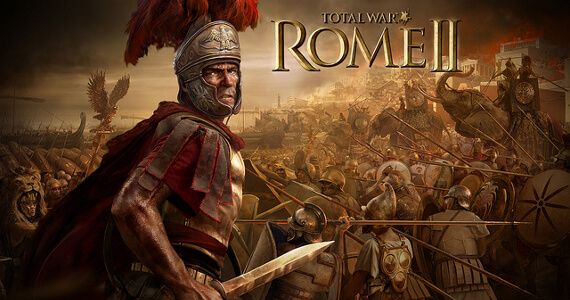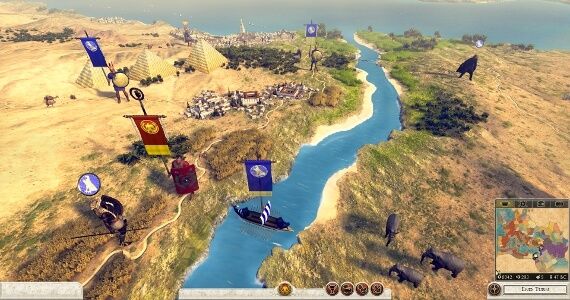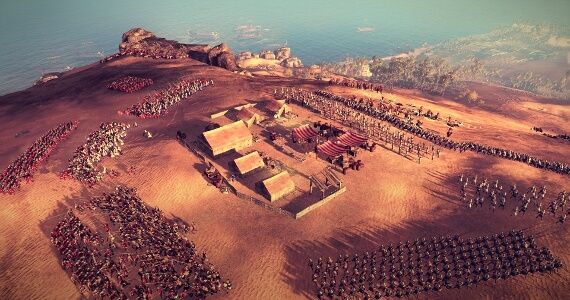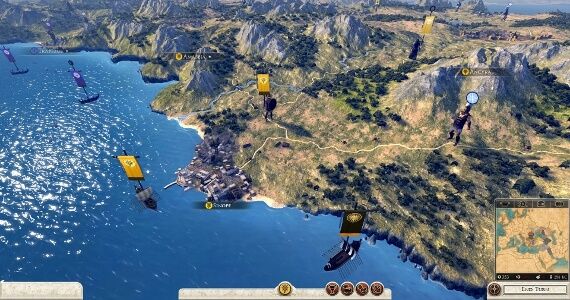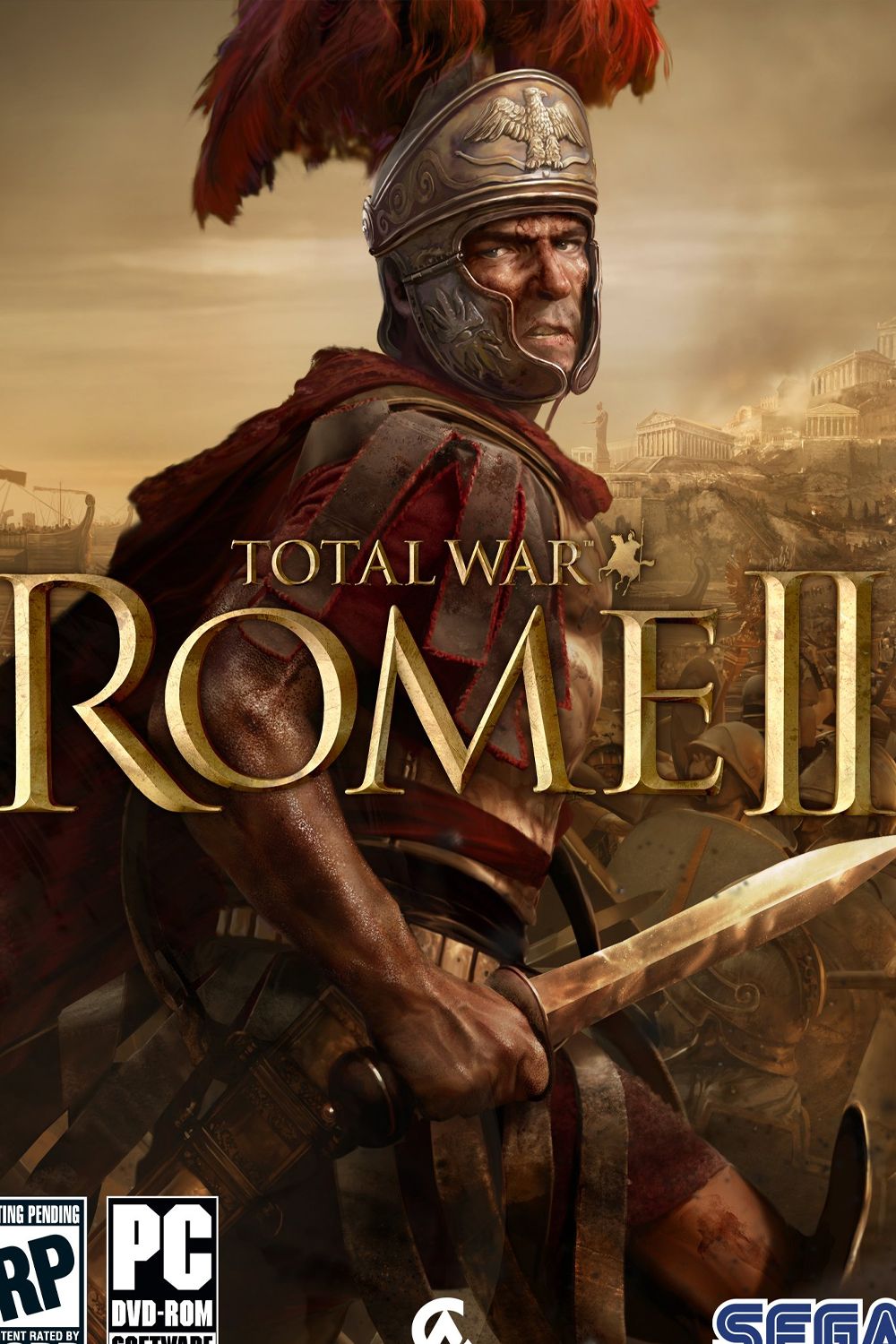After a plethora of solid entries into the world of strategy gaming, Total War: Rome 2 arrives on the scene to make its case as the next great entry into the series long-standing lineup of tactical RTS as well as turn-based empire conquest. But does Total War: Rome 2 live up to the lofty expectations, and does it reach the heights of the series' best entry, Shogun 2?
For the most part, yes, though it is not without shortcomings.
Historically, Rome 2 has an incredible scope. Players take control of various world powers after the fracture of Alexander’s empire following his early death, leading them through military might, shrewd diplomacy, and economic prowess. As ambitious as the game tries to be, the size of the game creates tedium for managing larger empires, which makes smaller countries more attractive for management. Real-time battles are a sight to behold indeed, but the lack of multiple tactics on the battlefield as well as occasional path-finding issues keeps the combat from reaching the heights seen in previous entries of the series. Still, the battles are epic in scale and entertaining - and the battlefield is where Rome 2 has its finest moments.
As mentioned, the scope is large, and Rome 2 can be very daunting for new players to the series. It offers a very steep learning curve, as new players will undoubtedly spend hours upon hours playing the game with little regard to what they are actually doing. The tutorial campaign does help mitigate this somewhat, and the in-game encyclopedia is extremely helpful, filled with lots of information on the cultures, units, building, etc., but novice Total War players may still be left wondering what to do next due to the sheer size of the game.
The player’s goal is still the same as other Total War installments: fight your way, one turn at a time, across the large map of countries in an attempt to grow your influence and economy, all the while trying to keep citizens happy at home so they don’t get any ideas of gathering pitchforks and disposing you to a deserted island. Rebellions on the home front present the player with a unique challenge as occasionally your own armies rise up to battle you. This leaves the player in a constant state of alert, always looking for the next settlement or general to choose their own path.
The campaign map spans from the British Isles to the shores of North Africa and Egypt, as well as the entire Mediterranean area and as far east as India. Each culture has its own unique flavor, and unlike other games that simply paint other nations varying colors, the differences in nations are noticeable, each having its own tech tree, military units, and battlefield tactics. Variety is a great strength to the game, not only because of how each nation is presented, but also how they evolve over the course of the game. Roman Legions fight distinctively differently than the Woad Warriors of the Celtic lands, for example, and using the same battlefield tactics for each will result in unfavorable results for the player.
Unlike previous games, in Rome 2, assembling armies can only occur with a general. The player must recruit new units from the general’s control panel, and wait the appropriate number of turns for deployment. While recruiting, that general’s army is unmovable, though a pleasant change to Rome 2 does not require the army to be in the capital city to receive new troops — they just need to be in friendly territory. The garrison forces of a city are also much larger, and with the easier method of recruitment, battles are easier to get into in Rome 2, and the game is all the better because of it.
Speaking of those garrisons and cities, each province has one major capital city with large walls to protect it, along with up to three smaller settlements in that province that don’t have walls for defense. This is a distinct departure from previous titles, and forces the player to re-think how they will conquer their neighbors, but also provides a much simpler interface for managing the empire as a whole (such as dealing with political unrest). The map is also constructed with choke-points for armies, making some areas much more easily defensible than others. Natural terrain plays a significant role in planning battlefield tactics, and players would be wise to learn how to take advantage of this, such as using spearmen hiding in a forest to defend a narrow passageway from marauding cavalry.
Diplomacy, unfortunately, is really just an afterthought in the game, mainly because political alliances and trade routes don’t mean the same in this entry as they did in previous titles like Shogun 2. Few options exist for the player to engage the AI, and these engagements are oftentimes frustratingly met with refusal and lack of cooperation, despite the fact that it would be an advantage to the AI to enter into some agreements with the human player. Players will undoubtedly ignore most of this aspect of the game, instead focusing on rolling over their weak neighbors, increasing their empire, dealing with unrest, and continuing down the same path over and over. Lather, rinse, repeat.
Rome 2 has another issue in terms of the progression of the game and ultimately, how it ends. The game slows down as it grinds on, as each turn becomes an exercise in moving generals, upgrading spies, researching technology, ensuring unique abilities are selected, etc. It is indeed ironic that Creative Assembly would attempt to simplify empire management within the campaign, but as the game wears on, the tedious slog can easily frustrate the human player who might just want to command their armies and plan their next assault.
That being said, the excellent parts of the game are still excellent. Hundreds and thousands of units engaging in battle is immensely satisfying, especially when proper tactics are used. As previously mentioned, the terrain on the battlefield should be constantly used to the player’s advantage — hiding units in a forest for a surprise flank attack, for example, is richly pleasing. It is difficult to describe the emotion of watching your carefully placed and hidden cavalry units cut through the flank of the unsuspecting ranks of enemy archer units all the while knowing that the enemy spears, scouted by one of your scouting parties on top of a large hill, were in no position to provide any cover or counter-attack.
Sieging an enemy city is incredibly fun, though this is typically one of the weaker moments for the AI, as it still doesn’t know how to properly defend. The best improvement from previous games, though, is that the AI no longer sends its entire force out to chase one or two units, leaving critical parts of the battlefield undefended. Had this same intelligence been present in the stormtroopers in Return of the Jedi, none of them would have chased that ridiculous Ewok into the forest — they would have instead defended their post.
On the sea, naval combat is sorely lacking, but keeping in mind the historical nature of the time period, this might not be that surprising. That being said, some of the more unfortunate bugs are prevalent during naval battles, especially when attempting to land units on the shore, where occasionally entire armies are "lost" to a magical (and invisible) shore monster.
The online matchmaking system is decent, though Shogun 2 remains the series top dog in this regard (notice a trend here?). The same interface issues that bog down the single player campaign are obviously still present here, though facing human opponents makes your errors and missteps all the more critical. And while playing against and with human players can be so much more satisfying than the bland AI (which can be manipulated), this level of play will make the glacial pace of the single player campaign feel like a rocket ride as you wait for your human counterparts to move.
Rome 2 does a fantastic job overall at presenting the player with many engaging “what if” scenarios of the post-Alexander the Great time period. It is surprisingly satisfying to be in the middle of a campaign and notice that, due to decisions you’ve made (not necessarily militarily either), actions of other nations as well, that Rome itself might be nothing more than a backwater nation with little to speak of. It is moments like this that cause the player to smile and continue to play the game over and over, as replayability is high.
Rome 2 does not scale the heights nor match the brilliance of Shogun 2 but Total War: Rome 2 still manages to stand on its own two feet and offer a very good if not a spectacular entry into the world of Total War games.
___
Total War: Rome 2 was released September 3 for the PC.
Follow me on Twitter @mattrowland1

